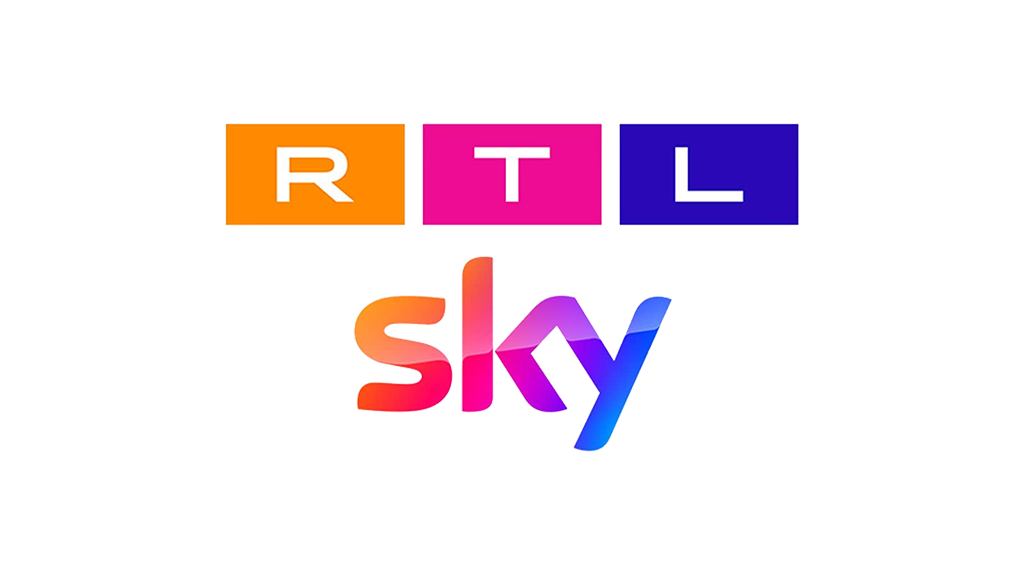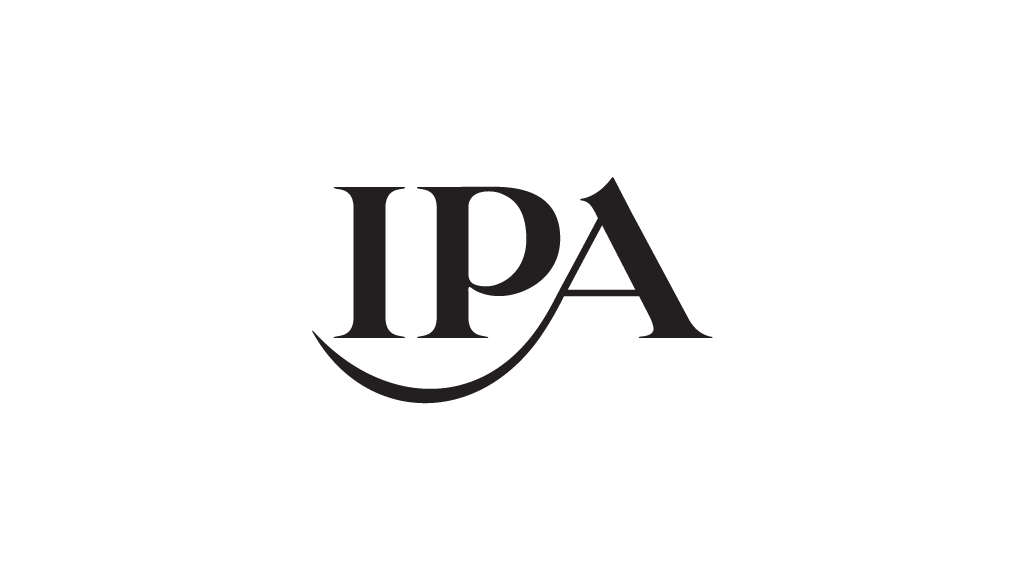CONNECTED VISION
RTL to acquire Sky Deutschland
RTL Group is set to acquire the Sky Deutschland business from Comcast, marking a significant shift in the German television landscape. The transaction combines Sky’s premium sports rights, including Bundesliga, Premier League and Formula 1, with RTL’s leading entertainment and news brands across free and pay television channels and the RTL+ online service. It also unites the fastest growing streaming offers in the German market, RTL+ and WOW. This move further consolidates RTL Group’s position in the German media market as it strengthens its portfolio of free-to-air and streaming services.
The acquisition of Sky Deutschland is the largest transaction for RTL Group since its inception in 2000. The upfront purchase price of €150 million seems like something of a bargain, with additional variable cost linked to future value creation. It is expected to produce synergies, read cost savings, of around €250 million per annum within three years after closing.
Bear in mind that Comcast acquired the entire Sky business, including the United Kingdom and Ireland, Germany, and Italy, for $39 billion in 2018.
The transaction is subject to regulatory approvals, and is expected to close in 2026. The two businesses will continue to operate independently until then.

The combination of RTL Deutschland and Sky Deutschland, which operates across Germany, Austria, and Switzerland, will create an expanded proposition in entertainment, sports and news across free and pay television, and online, with 11.5 million combined subscribers across RTL+, Sky and WOW.
Barny Mills, the Sky Deutschland chief executive, will continue to lead the Sky Deutschland business until the transaction is completed. Stephan Schmitter will stay in his current role as chief executive of RTL Deutschland until closing of the transaction and then lead the combined company. RTL Deutschland will remain based in Cologne and Sky Deutschland in Munich.
Under a separate trademark license agreement, RTL will have the right to use the Sky brand in Germany, Austria, Switzerland, Luxembourg, Liechtenstein and South Tyrol. RTL will acquire Sky Deutschland’s streaming brand “WOW” as part of the transaction.
“The combination of RTL and Sky is transformational for RTL Group,” said Thomas Rabe, the chief executive of RTL Group. “It will bring together two of the most powerful entertainment and sports brands in Europe and create a unique video proposition across free TV, pay TV and streaming.” He said that RTL and Sky will be in an even stronger position to invest in people, content and technology in Germany and in Europe to compete with the global tech and streaming players.
Dana Strong, the group chief executive at Sky, said: “Sky Deutschland has made significant progress over the past three years, delivering strong operational performance and reaching a record number of customers. The business is on track to achieve EBITDA break-even, reflecting the success of our turnaround plan. Combining the strength of our brand with RTL builds on that momentum and opens up even greater opportunities. This deal provides a strong platform for long-term success, and ensures Sky continues to share in the growth of the combined business.”
RTL Deutschland owns 15 television channels, more than 10 premium magazines, a broad podcast portfolio and numerous online offerings, including RTL+, with more than 6 million subscribers.
RTL Group will fully acquire the Sky businesses in Germany, Austria, Switzerland, including customer relationships in Luxembourg, Liechtenstein and South Tyrol on a cash-free and debt-free basis. The purchase price consists of €150 million in cash and a variable consideration linked to the share price performance of RTL Group. The variable consideration can be triggered by Comcast, the parent company of Sky, at any time within five years after closing, provided that the RTL Group share price exceeds €41. The variable consideration is capped at €70 per share or €377 million.
The pro-forma revenue 2024 of the combined company was €4.6 billion, with approximately 45 per cent of the total revenue coming from subscription-based revenue.
BBC to charge for access to news
BBC Studios and BBC News are introducing a subscription model for access to BBC.com in the United States. It marks the first time the international web site will offer a paid experience for readers outside the United Kingdom. The move reflects the continuing shift towards subscription-based digital news services.
BBC Studios, the commercial arm of the BBC, operates the international version of BBC.com, which is distinct from the licence fee-funded service available in the United Kingdom. The new offering has been developed in partnership with the BBC News digital team.
A beta version is available, with a full launch expected later in the year.
In the initial phase of the launch, for $8.99 or $49.99 a year, subscribers in the United States will get unlimited access to BBC news articles, feature stories and the online version of the BBC News channel.
BBC.com currently reaches 60 million users in the United States. Whether they will all be prepared to pay 50 dollars a year for access is another matter.
Apparently, casual browsers will still be able to explore BBC.com freely, and will still have access to select global breaking news stories, BBC Radio 4 and BBC World Service radio livestreams, BBC World Service Languages sites, and a variety of free newsletters and podcasts.

In a statement, BBC Studios said the initiative responds to “growing consumer demand for choice in how they access and experience content.” It aims to provide an alternative for users who prefer an experience without advertising, while continuing to offer a free ad-supported option.
Rebecca Glashow, the chief executive of global media and streaming at BBC Studios, explained: “We’re seeing a strong demand for trusted, impartial news globally. Our new offering in the US gives audiences a choice in how they access the BBC, whether through our free, ad-supported service or a new, paid, ad-free experience.”
She added: “The BBC has been serving audiences in the US for decades. This is a natural next step as we expand our direct-to-consumer offerings.”
The subscription service will include access to selected premium content, although the BBC has not specified exactly what this will entail. It is likely to include expanded analysis, special reports, and bespoke newsletters. The precise pricing has not yet been confirmed, but the beta version is currently testing various models.
The move brings the BBC in line with other international news organisations that have adopted subscription models. The New York Times, The Washington Post, and The Guardian all offer paid options, typically alongside free access to a limited number of articles or an advertising-supported experience.
The BBC has emphasised that the new model does not affect its licence fee-funded services in the United Kingdom, nor does it change the availability of BBC.com in other international markets at this stage. The domestic BBC News website and apps will continue to be free at the point of use for audiences in the United Kingdom.
The development is part of a broader strategy by BBC Studios to grow commercial revenue. BBC Studios already operates multiple subscription services globally, including BritBox, the streaming service offering British television content in partnership with ITV.
Earlier this year, BBC Studios reported record revenue of £1.8 billion, with modest profits of £200 million helping to supplement funding for BBC public services.
The launch of a paid model for BBC.com reflects the challenges faced by digital publishers worldwide. Advertising revenues have fluctuated, while audience expectations have shifted towards subscription-based models that promise fewer distractions and higher-quality experiences.
For the BBC, the success of this initiative in the United States could influence whether similar models are rolled out in other markets. More details are expected ahead of the full launch later this year.
www.bbc.co.uk
www.bbc.com
www.bbcstudios.com
Mobile overtakes television viewing
Adults on the United Kingdom now spend more time on their mobile phones than watching television on a television set, marking a major milestone in media habits. Average daily mobile phone use has overtaken television set viewing for the first time. This shift highlights the growing dominance of mobile devices as the primary screen for many people.
The latest IPA TouchPoints 2025 research shows that people aged 15 and over in the United Kingdom now spend an average of 3 hours and 21 minutes per day on their mobile phones, compared to 3 hours and 16 minutes watching television on a television set. While television viewing has remained relatively stable over the past decade, mobile phone usage has almost tripled since 2015, when it stood at just 1 hour and 17 minutes per day.
The change is being driven largely by younger audiences. Those aged 15 to 24 spend nearly five hours a day on their phones, averaging 4 hours and 49 minutes. In contrast, they watch just 1 hour and 49 minutes of television on a television set. Older viewers show the opposite pattern. Adults aged 65 to 74 spend 4 hours and 40 minutes watching a TV set, but still spend 1 hour and 47 minutes on their phones.
The data also reveal how usage patterns differ across devices. Television viewing peaks in the evening, and computer use mirrors a typical working day, declining after office hours. Mobile phone use, however, remains consistently high from morning until bedtime, underlining the role of mobile as an “always on” companion.
When considering all screen-based activities, including phones, televisions, laptops, tablets, and games consoles, adults in the United Kingdom now spend an average of 7 hours and 27 minutes per day using screens. This is a significant increase from 6 hours and 36 minutes in 2015, reflecting the broader shift toward digital consumption.

The report goes further by examining how different types of screen use affect emotional wellbeing. Viewers are 52% more likely to feel relaxed when watching television on a set compared to watching video on a mobile phone. Conversely, they are 55% more likely to report feeling sad when viewing video on a phone than on a television.
Dan Flynn, the deputy research director at the IPA, described the findings as a milestone in media consumption. “It’s a clear signal of how embedded mobile phones have become in our daily lives — always on, always within reach, and increasingly central to how we consume content, connect and unwind,” he said.
He added that what distinguishes TouchPoints is its ability to show not just what media people use, but when, where, how, and how they feel while doing so. “It is this level of granularity that makes TouchPoints such a vital tool for brands and agencies looking to navigate today’s complex media landscape.”
Denise Turner, the incoming research director at the IPA, said the findings underscore how rapidly media habits are evolving. “The latest TouchPoints data doesn’t just confirm that mobile is now the dominant screen in our lives, it also underscores how rapidly our media habits are evolving,” she said.
Turner commented that the power of the dataset lies in its ability to move beyond surface-level statistics to deliver deeper, contextual insights into how people live, feel, and interact with media throughout the day. “I’m looking forward to working with the team and building on this legacy to ensure the data continues to help agencies, media owners and marketers make smarter, more human-centric decisions,” she added.
The findings reflect a profound shift that will have implications for media owners, advertisers, and media providers. While television remains a dominant medium for older audiences, the continued rise of mobile presents both challenges and opportunities for the video industry.
Of course, some might argue that this is comparing apples with oranges, since the use cases and availability to view mobile and television are somewhat different.
It should also be noted that watching television is increasingly only one of the uses of the living room screen, with online video and gaming taking some of the time.
Understanding how and where audiences consume content will be critical for shaping future strategies in an increasingly fragmented media landscape.
IPA TouchPoints, founded in 2005, covers the cross-media, cross-device daily habits and media usage of adults in the United Kingdom, based on a sample of nearly 6,500 people aged over 15.
